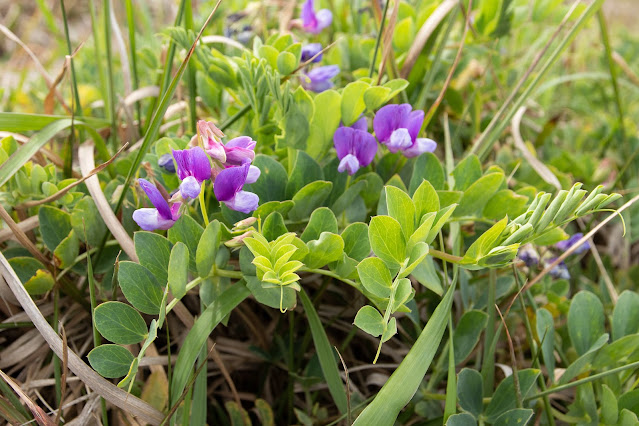Watercress or Rorippa nasturtium-aquaticum was introduced to North America from Europe, where it was planted as a vegetable. According to the Smithsonian, the earliest verified specimens of this plant were collected from Niagara Falls in 1847 and, by the 1900s, this plant became widespread across the United States. Native American communities used this plant as a source of food and found medicinal uses for it.
About Watercress
Watercress is in the mustard family (Brassicaceae) and is native to Eurasia. It is naturalized throughout North America including Connecticut. Watercress thrives in cool flowing streams where it grows submerged, floating on water, or spread out over mud surfaces. The plants often form bushy colonies and root freely from the stems. The stems are hollow and float on water. The feather-like leaf structure is composed of three to nine leaflets. Small white and green flowers that grow in clusters bloom on the plant.
Medicinal Uses
Many Native American communities including the Diegueno, Gosiute, Havasupai, Karok, Kawaiisu, Luiseno, Tubatulabai, Okanagan-Colville, Saanich, and others used this plant as a source of food. The Algonquin used watercress as a salad plant, the Iroquois ate this plant raw with salt, the Cahuilla cooked this plant like spinach, and the Cherokee boiled the leaves and ate them with bacon grease. The Mendocino made a relish out of the leaves.
Medicinally, the Costanoan and the Mahuna made a decoction of this plant to treat liver ailments and the Okanagan-Colville made a poultice of fresh leaves and applied it to the forehead to treat dizziness and headaches.
Did You Know...
Ancient Romans thought eating watercress would cure mental illness.
Watercress has been known to block the flow of streams.
In the United States, Huntsville, Alabama calls itself the watercress capital of the world.
The town of Alresford, near Winchester, in the U.K. holds a watercress festival each year and has a preserved steam railway line that has been named after this plant.
If collecting this plant in the wild, caution should be used because of parasites such as giardia.
Watercress is really good for you! Serving for serving contains more iron than spinach, more calcium than milk, and three times the vitamin E as lettuce.





.JPG)
.jpg)




_sl18.jpg)


.jpg)
.jpg)
